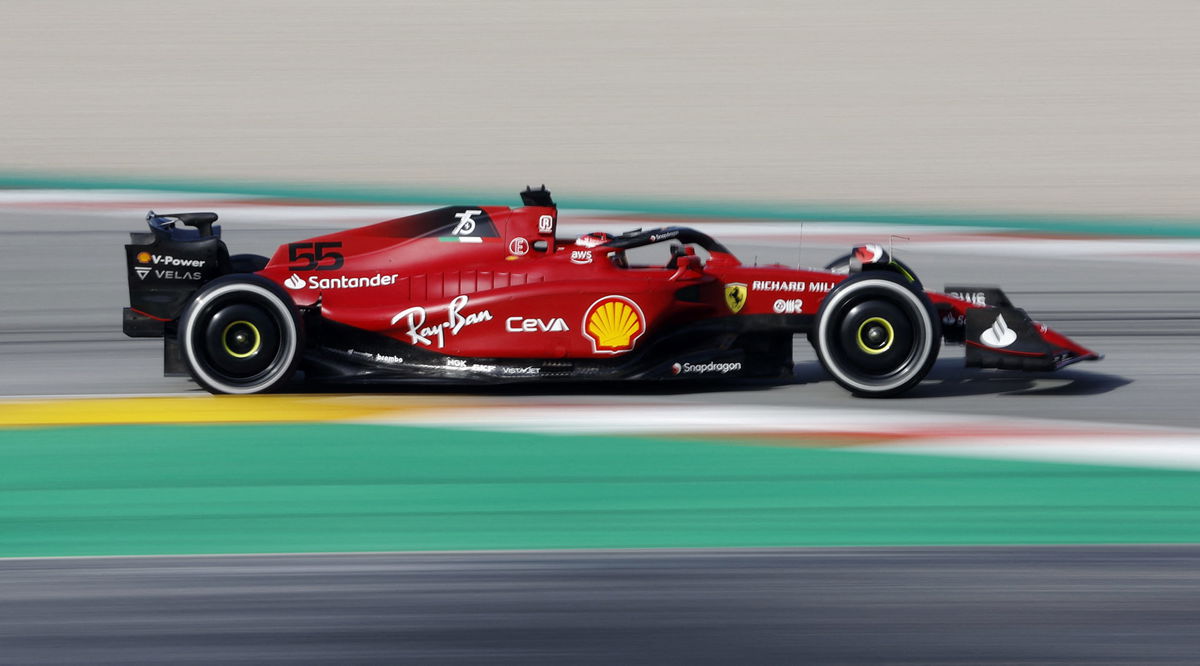
Reuters
Formula One F1 – Pre-Season Testing – Circuit de Barcelona-Catalunya, Barcelona, Spain – February 23, 2022 Ferrari’s Carlos Sainz Jr. during testing REUTERS/Albert Gea

Reuters
Formula One F1 – Pre-Season Testing – Circuit de Barcelona-Catalunya, Barcelona, Spain – February 23, 2022 Ferrari’s Carlos Sainz Jr. during testing REUTERS/Albert Gea
One of the most interesting phenomenons that have occurred in Formula One is back in 2022 after around 40 years – Porpoising. A lot of the F1 fans would have come across this strange occurrence on the new-era cars where the cars persistently bounce up and down at high speed.
Watch What’s Trending Now!
Well, here’s all about what it means and why it happens! Former F1 driver, Mario Andretti, coined this term while racing for Lotus in 1979. The Italian-born American was then driving the Lotus 80 at Silverstone when he managed to come up with a term that went well with the aggressive bounce that his car was producing.

Reuters
Formula One F1 – Pre-Season Testing – Circuit de Barcelona-Catalunya, Barcelona, Spain – February 23, 2022 Mercedes’ George Russell during testing REUTERS/Albert Gea
So, what is Porpoising? Well, this is purely an aerodynamical phenomenon where the ever-increasing downforce pushes the leading edge of the floor to the ground. As the floor nears the ground, the subsequent increase in ground effect will cause a huge pressure difference between the floor of the car and the tarmac.
ADVERTISEMENT
This happens until the floor touches the ground leaving the rising downforce to drop to zero. Hence, with no downforce in action, the car propels in the air until a point where the ground effect begins to work again. And this occurs in a rather cyclic fashion until the car slows down for an approaching corner.
Watch Story: From Lewis Hamilton to the Miz: When F1 & WWE Crossed Over
ADVERTISEMENT
How to avoid ‘Porpoising’ in F1 cars?
Look at any of the slow-motion replays and none of them seem comfortable for the drivers from any angle. And the worst part is that this happens at extremely high speed, leaving the drivers with a potentially blurred vision ahead. Hence, this could have a direct effect on the pilots hitting the precise braking point.
ADVERTISEMENT

Reuters
Formula One F1 – Pre-Season Testing – Circuit de Barcelona-Catalunya, Barcelona, Spain – February 23, 2022 McLaren’s Lando Norris during testing REUTERS/Albert Gea
So, it is possible that some of the teams are already considering avoiding this uncomfortable-looking Porpoising effect, but, how? If you notice, this effect doesn’t seem to occur when the DRS wing is wide open. This is because, with the DRS wing open, the air being pushed from under the car has a much freer path via the open rear wing.
Hence, Porpoising doesn’t seem like a concerning factor during qualifying sessions but will play its part in the main race. F1 analyst, Sam Collins, opined that there are two ways to get rid of Porpoising; One, by reducing the downforce, and two, by increasing the ride height of the car. However, either way, this is going to trigger slower cornering speed and consequent decline in lap times.
ADVERTISEMENT
Read More: Why Did Toyota Leave F1?
Top Stories
Who Is Oscar Piastri’s Father, Chris Piastri? Co-Founder of Multibillion Dollar Automotive Company

Know the Emotional Story Behind Special Star on Carlos Sainz’s Helmet
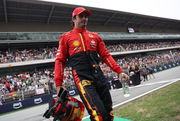
Who Are Lando Norris’s Parents? Meet Adam Norris and Cisca Wauman
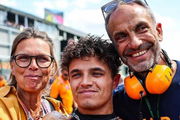
Charles Leclerc’s Bikini Clad GF Alexandra Disgusts Fans’ as Her Hypocrisy Becomes Hard to Digest
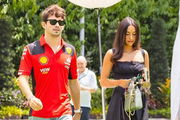
“Is That Alexandra?”: Charles Leclerc’s Ex-GF Finds Herself in Middle of Drama as Fans Make Shocking Observation
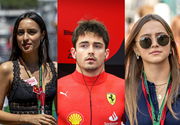
ADVERTISEMENT
ADVERTISEMENT
ADVERTISEMENT

